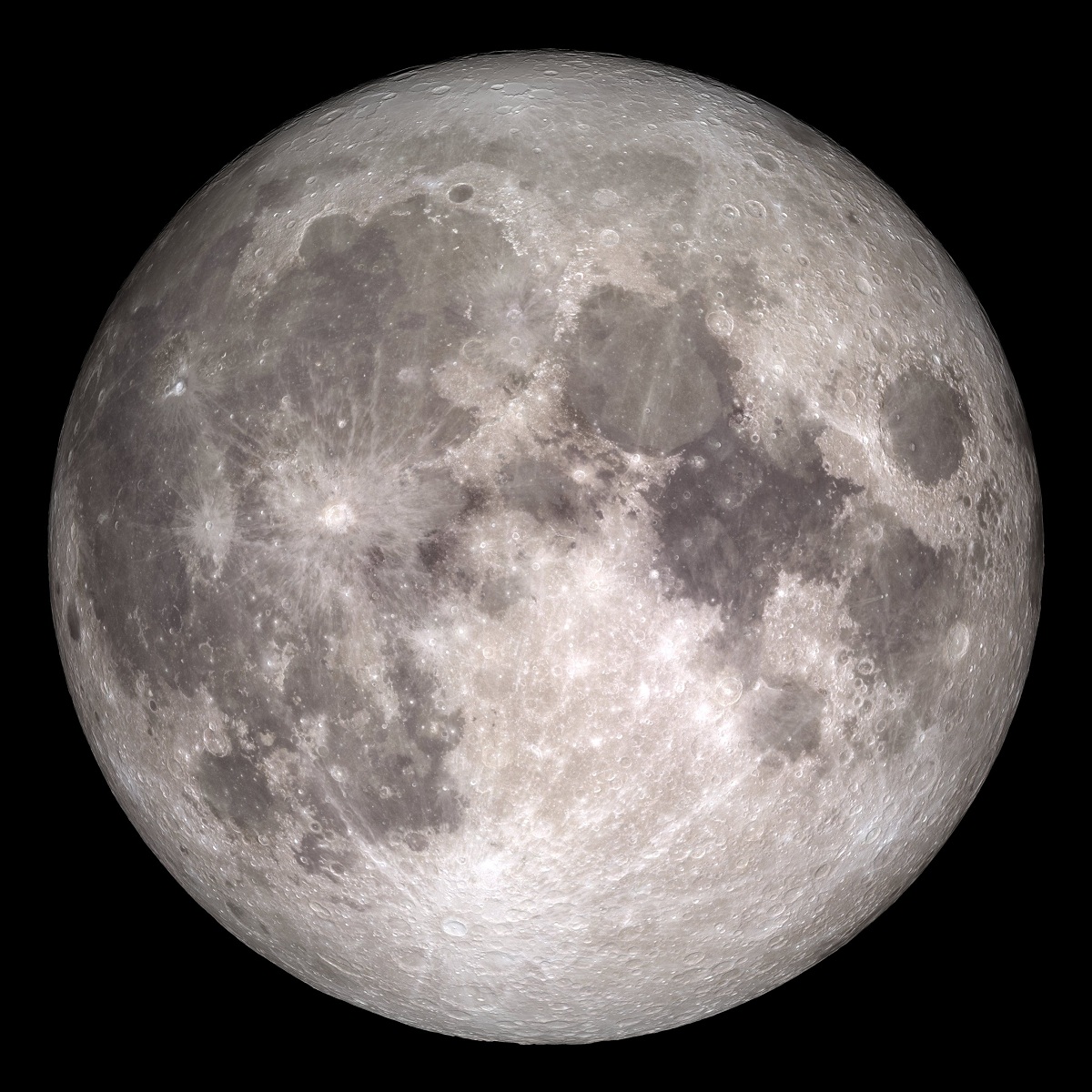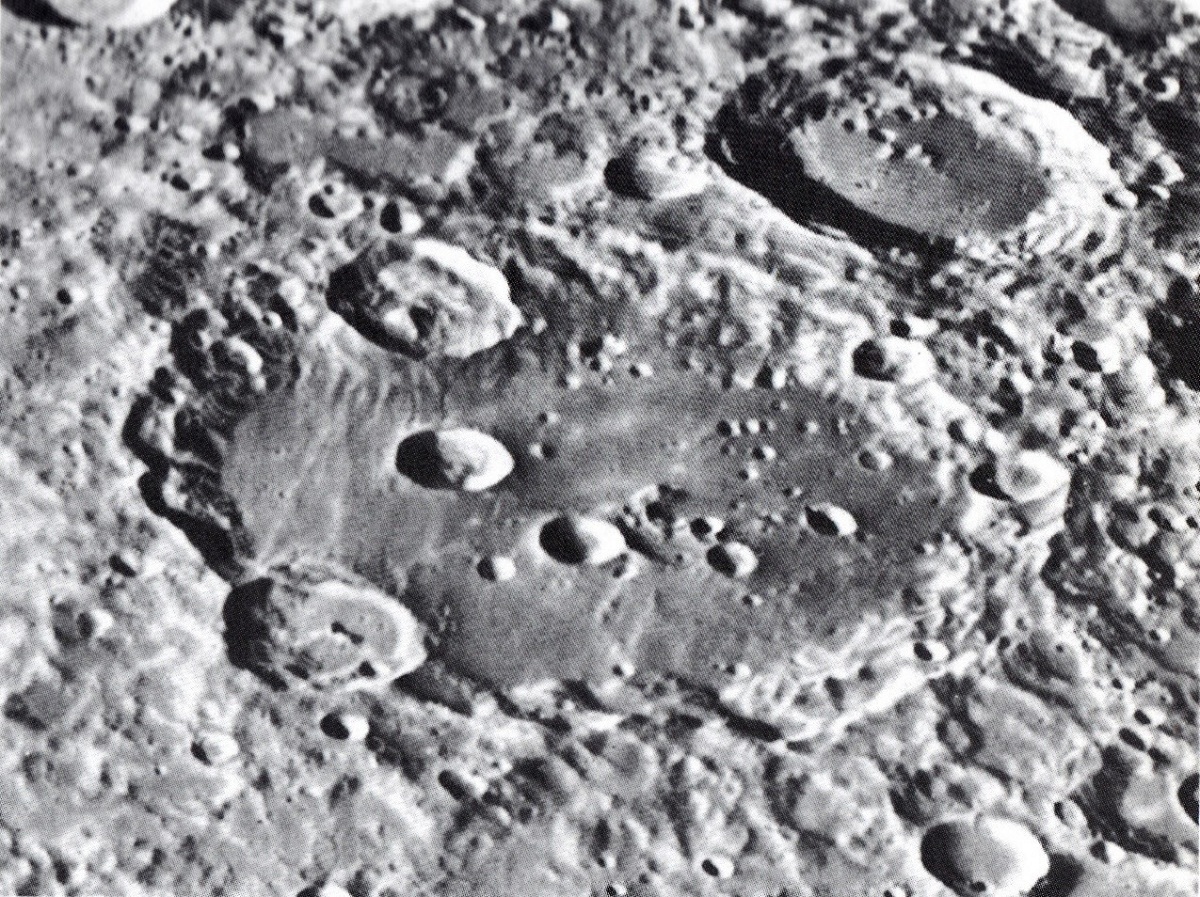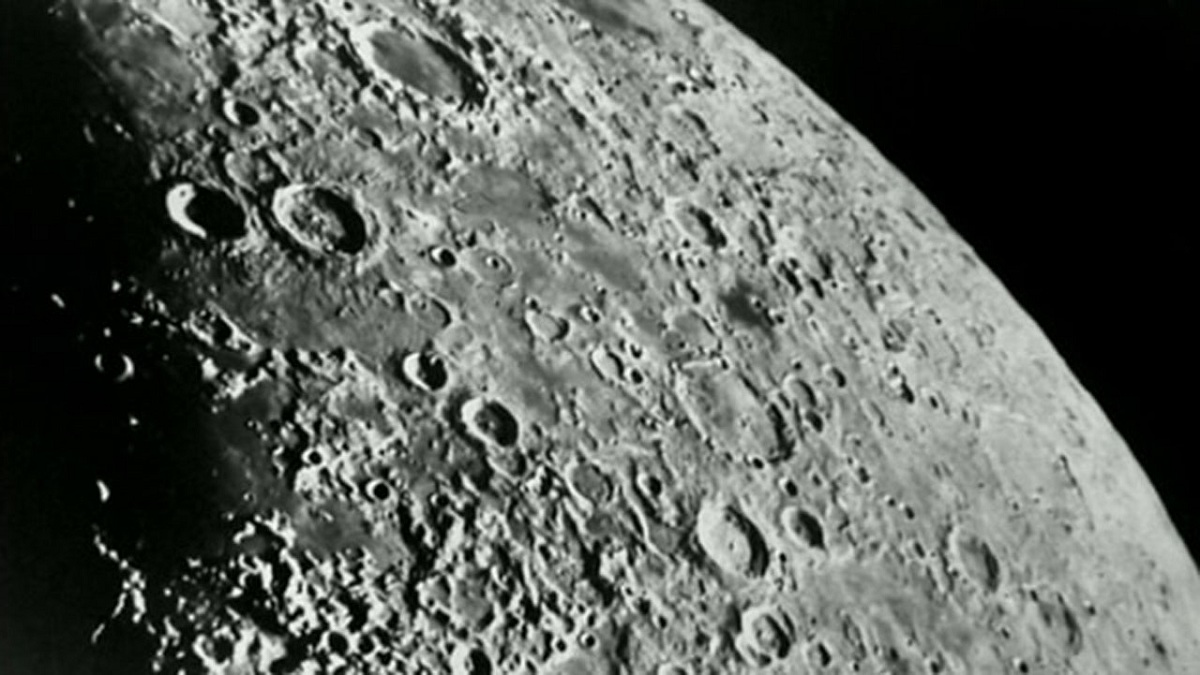
There has always been great curiosity to know the only satellite that our planet has as the Moon. Our natural satellite has an average distance from our planet of 384,403 km. And it is that the other side of the Moon is invisible from the earth so it is impossible to take pictures of the face without the use of space probes. One of the curiosities that attracts the most attention are the craters on the moon.
In this article we are going to tell you about all the characteristics, formation and curiosities of craters on the moon.
Key features

Let's first analyze some characteristics and have our natural satellite to be able to understand everything regarding the craters on the moon. The diameter of this satellite is 3474 kilometers. The dark side of the moon is different from the face, both in terms of average altitude and in the rate of formation of what matters. Most of the photos that most impact viewers on the surface of the moon that are sent thanks to space probes are from the side that cannot be seen from our planet.
The origin of the moon has always been the subject of scientific debate. There are various theories about the formation of it and all resort to analysis of the lunar rocks to see that interesting theories can be given. The materials that make up rocks come from the mantle of large planetary objects. For example, from the collision of these materials through a great movement of very young earth and information.
And is that the moon may have its origin as a result of the accretion of the material expelled during the great crisis. At the beginning of the creation of our planet it experienced a great collision with a planet the size of Mars, which also had its differentiation between core, loving earth's crust. The collision took place at a certain angle of impact and a relatively high speed that caused the two metal cores to melt. Although the nuclei became fused with each other, the mantle materials of the two objects were expelled, although it is bound to the earth by the force of gravity. Most of the materials on the moon are materials slowly agglomerated around what would become the satellite today.
Craters on the moon

Scientists have always been studying the age of rocks on both our planet and the moon. These rocks come from signposted regions that have been able to determine when the cartels formed. By studying all the areas that are lighter in color on the moon and known as plateaus, scientists have found information on the formation of the moon. And it is that it was formed approximately 4.600 to 3.800 million years ago, and the rest of the rocks that fell on the surface of the moon reported that doing is quite fast. The rain of rocks has stopped and since then they have formed few craters.
Some rock samples that have been extracted from these craters have been called basins and that establish ages of approximately 3.800 to 3.100 million years. There have also been samples of some gigantic objects with a similarity to the asteroids, which hit the moon just as the rocky rain stopped.
Shortly after these events, the abundant lava was able to fill all the basins and gave rise to the dark seas. This explains why there are few craters in the seas and, instead, there are quite a few of them in the plateaus. And it is that in the plateaus there were not so many lava flows responsible for the erasure of the original craters when the surface of the moon was being bombarded by these planetarium during the formation of the solar system.
The farthest part of the moon has only one "mare," so scientists They think this area is represented by the moon's move 4.000 billion years ago.
Lunar geography

In order to study craters on the moon, we must know the lunar geography. And various plains that are level or that have been part of a sea. As is to be expected, seas have also existed on the moon's satellite. The largest of them is the Mare Imbrium, known in Spanish by the name of the sea of rains, with a diameter of approximately 1120 kilometers.
There are approximately 20 evils that are most important on the side of the moon facing the earth. From now on, we have to differentiate the two sides of the moon: on the one hand, the side that can be seen from our planet and, on the other hand, the side that is invisible from the earth. In the most important seas of the moon are the Mare Serenitatis (Sea of Serenity), Mare Crisium (Sea of Crisis) and Mare Nubium (Sea of Clouds). All of these evils are considered plains and are not completely flat. It has a geography crossed by cliffs and full of craters on the moon. Furthermore, the surface of these seas is also frequently interrupted by the action of various cliffs and some high-level walls.
We can find the different seas of the moon surrounded by great mountains and mountain ranges that were given names equal to those of the terrestrial mountain ranges: Alps, Pyrenees and Carpathians. The highest mountain range of the moon is Leibniz, whose highest peaks can reach heights of 9.140 meters, that is, higher than Mount Everest, this being the highest on our planet.
There are thousands of craters on the moon and they are often capable of overlapping each other. This causes that there are more than a thousand deep valleys that are known as lunar fissures. These cracks usually have a depth and diameters of between 16 and 482 kilometers long and about 3 kilometers or less in width. The origin of these cracks was given by cracks in the surface that form the norm of the areas even weaker caused by some type of heat and internal expansion.
With this information I hope you can learn more about the craters on the moon and the surface of our satellite.